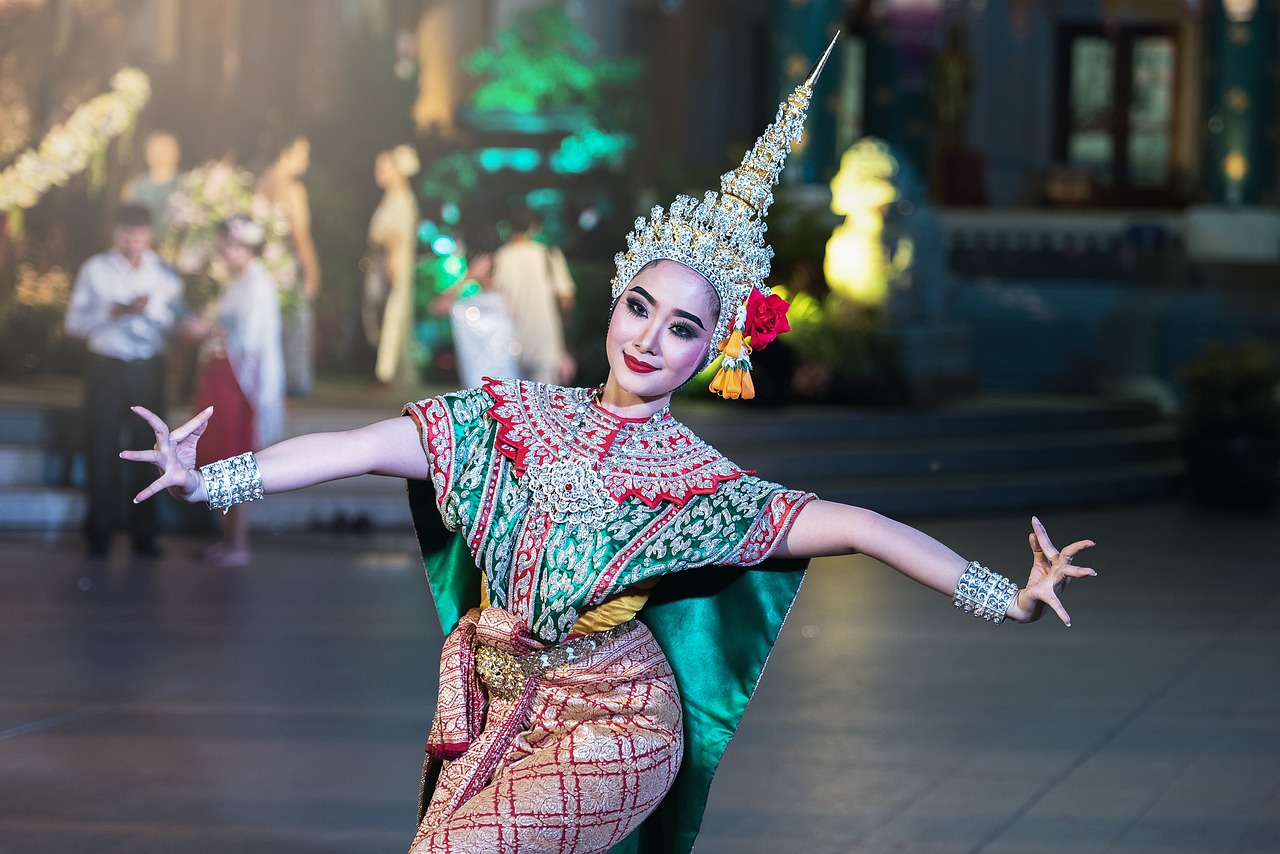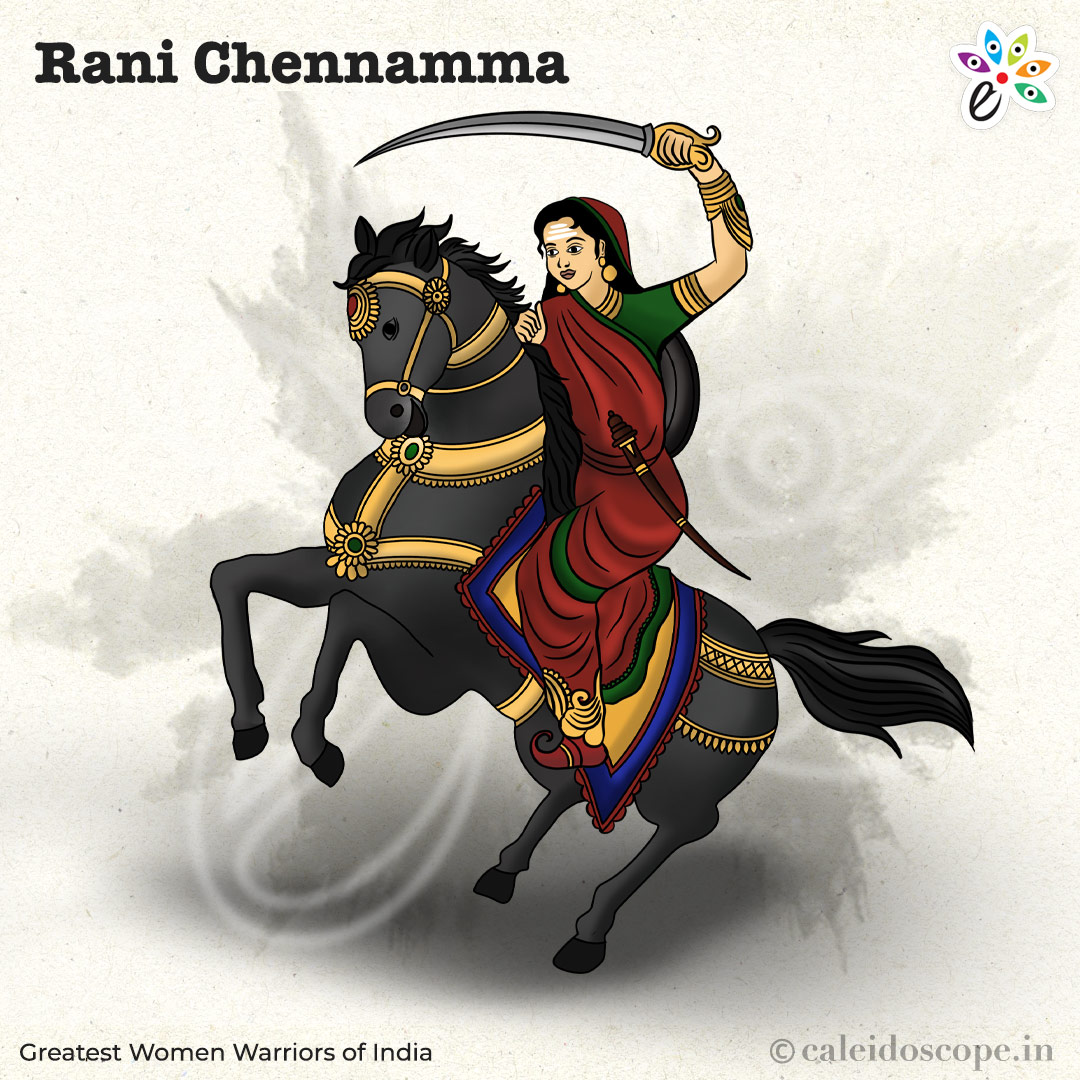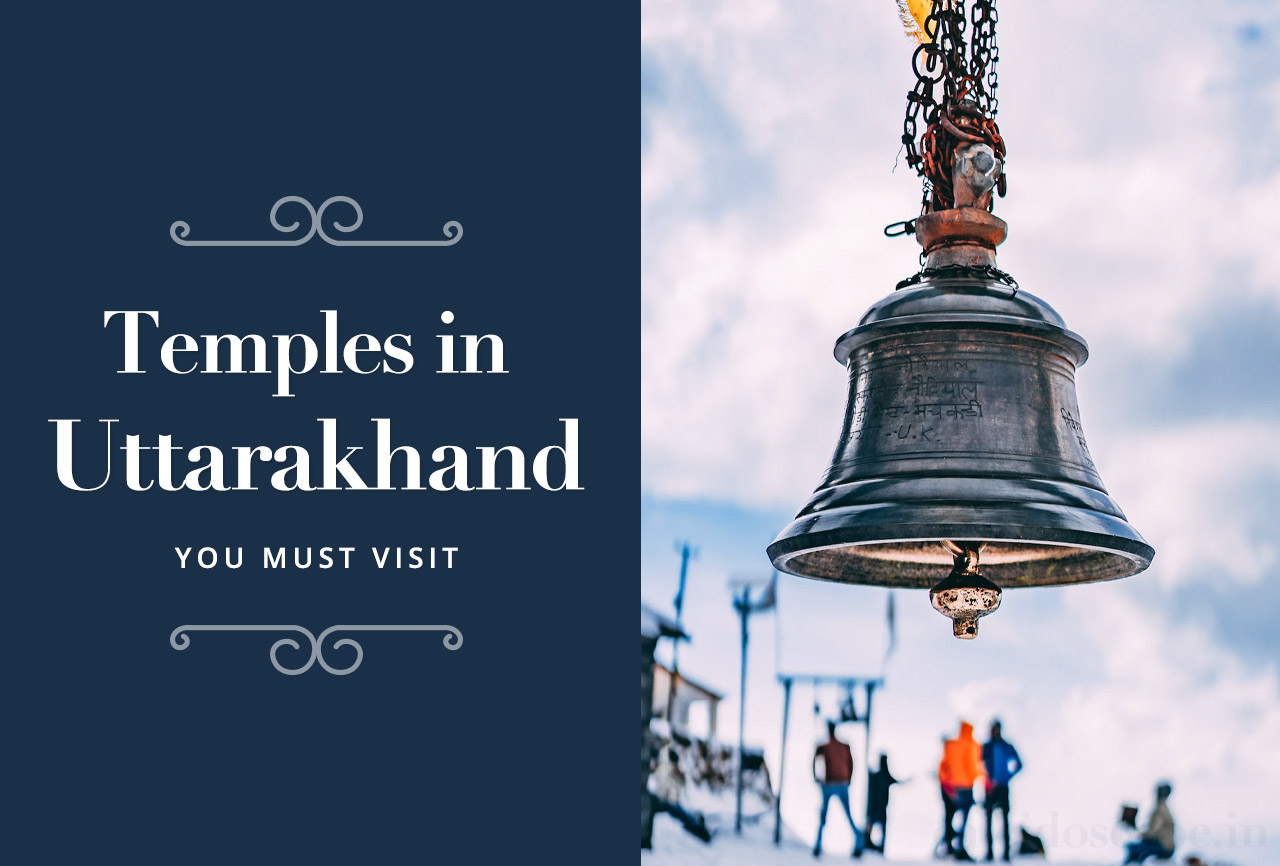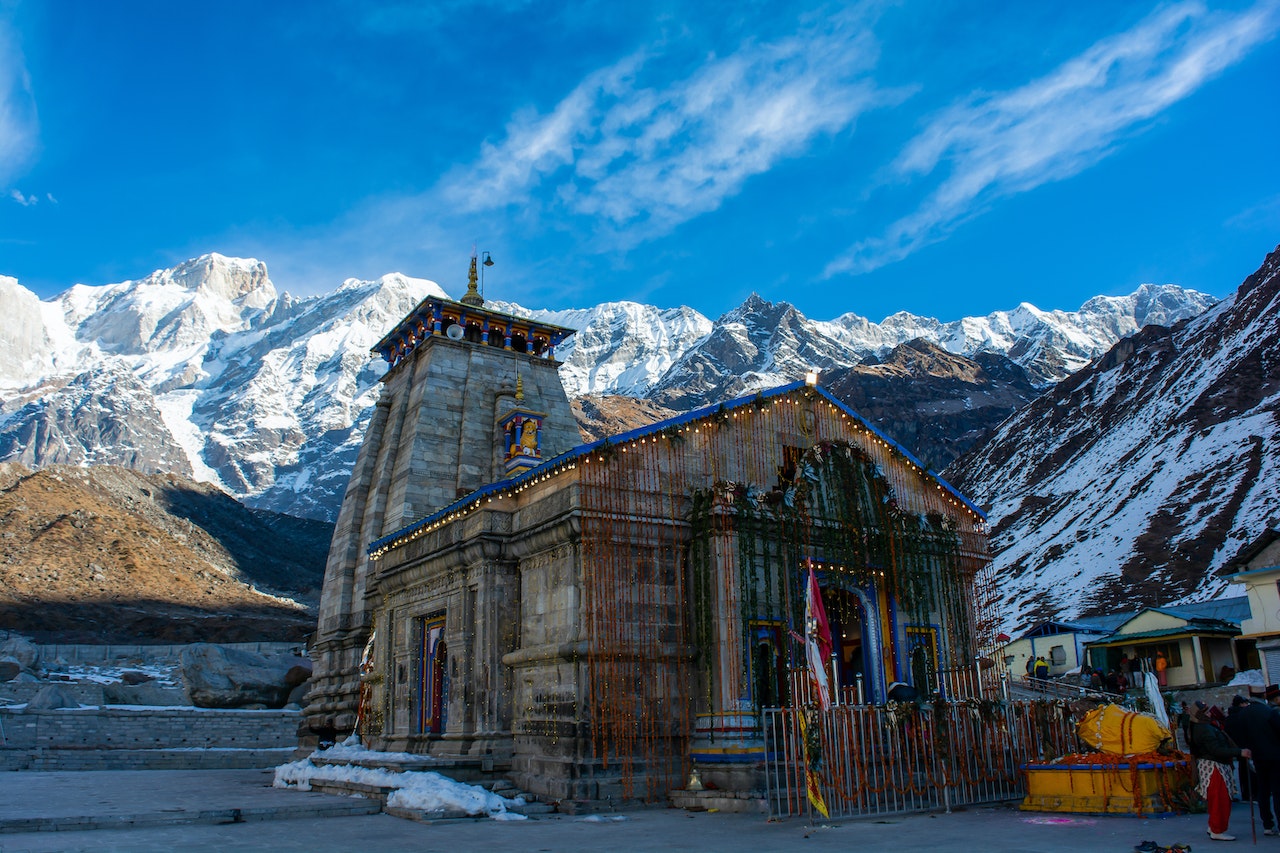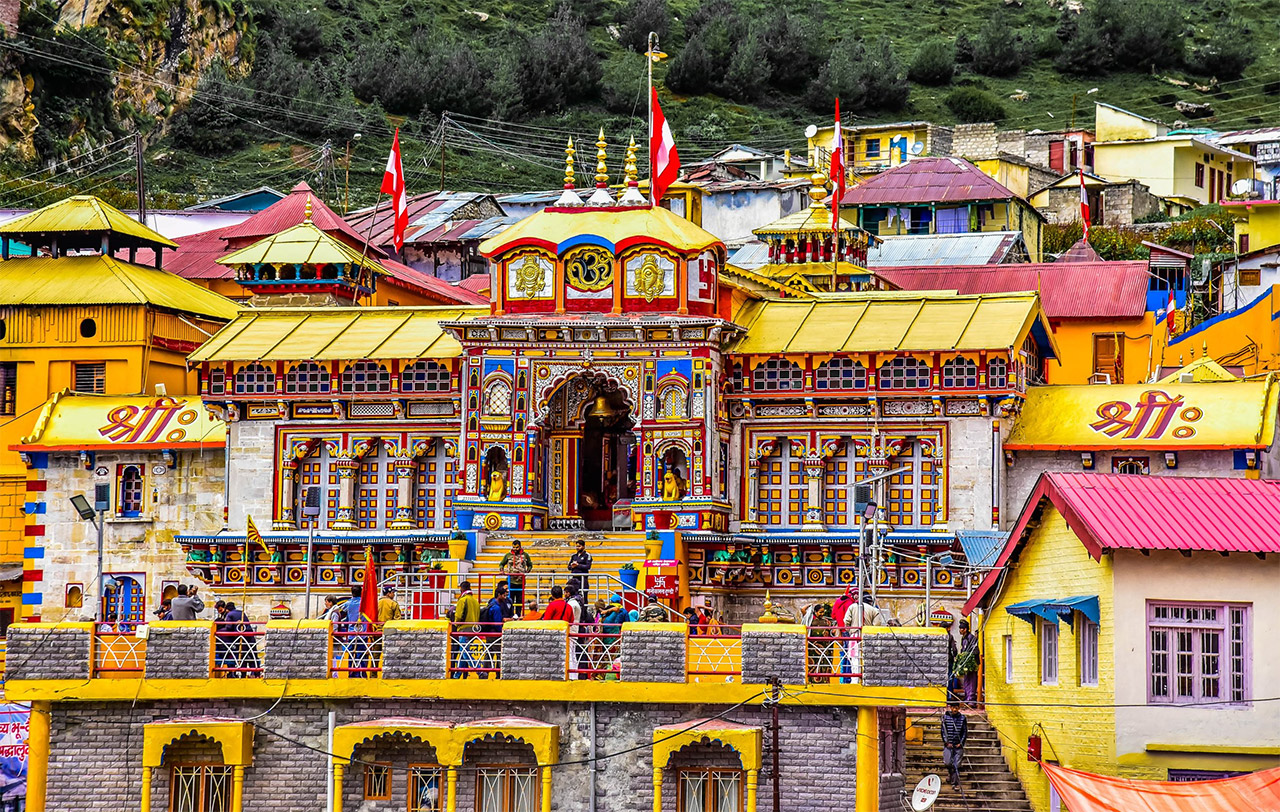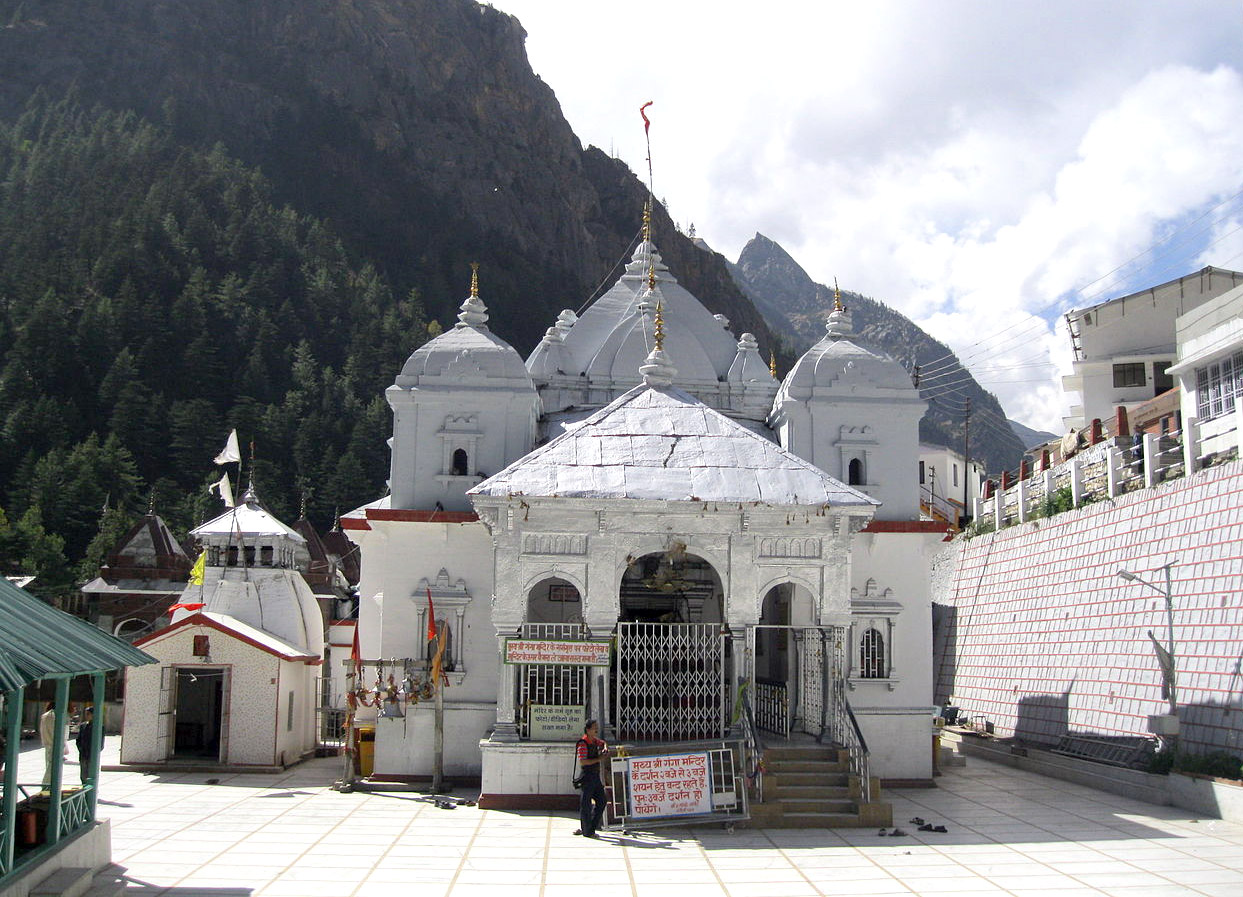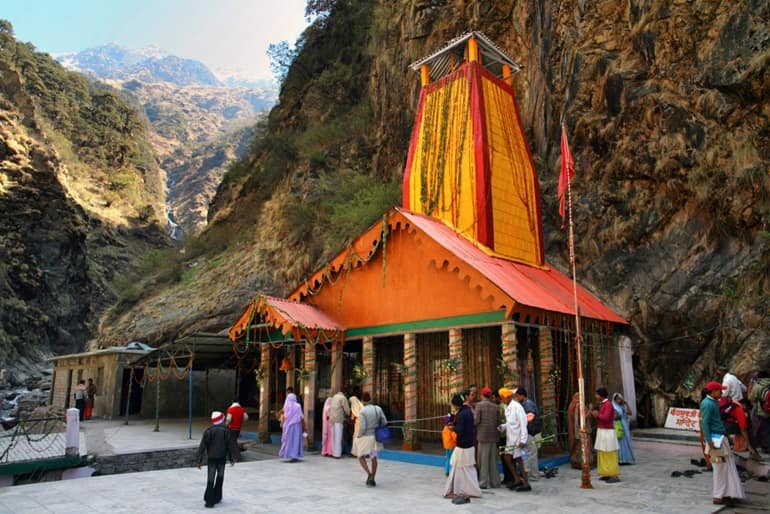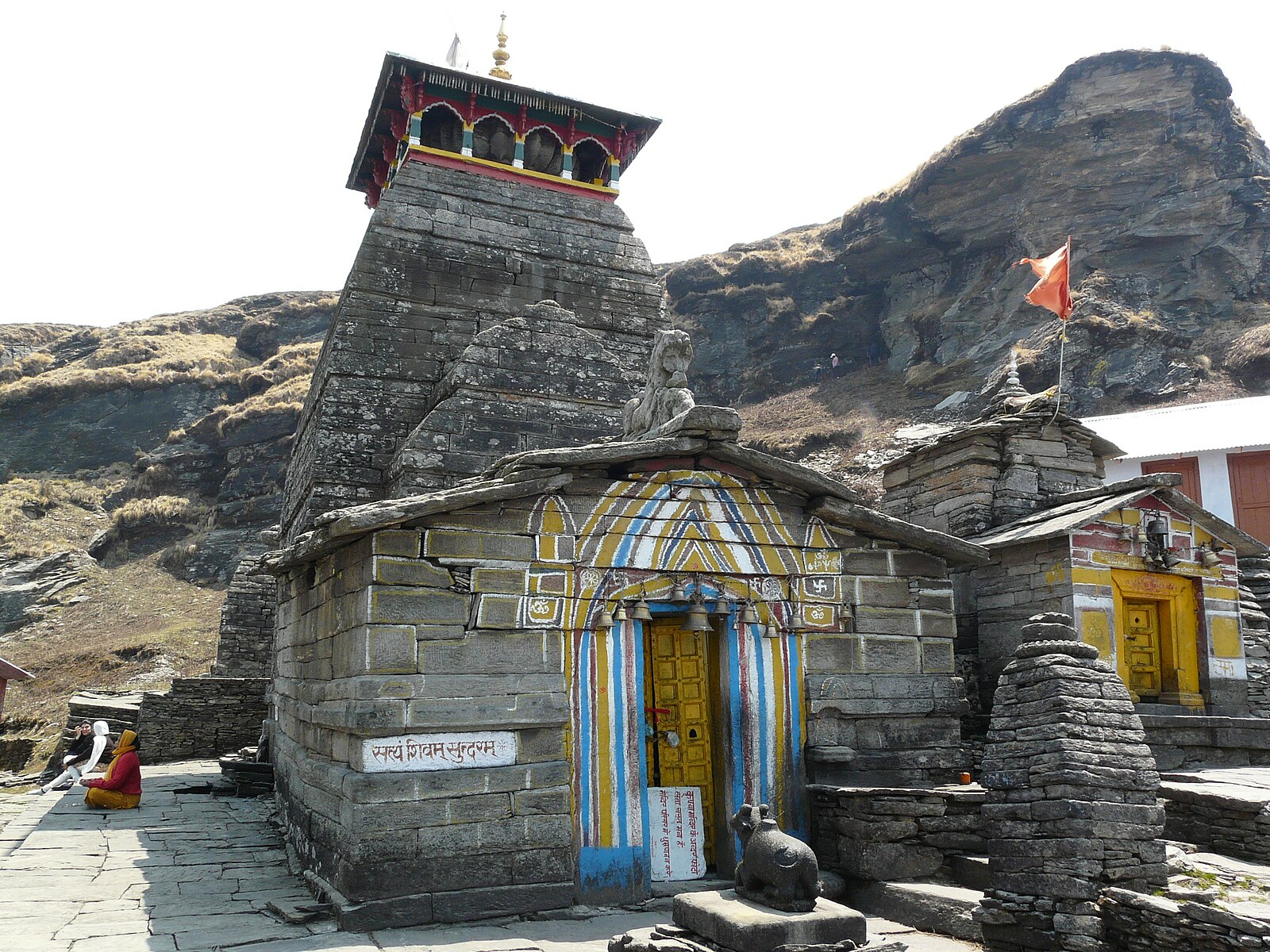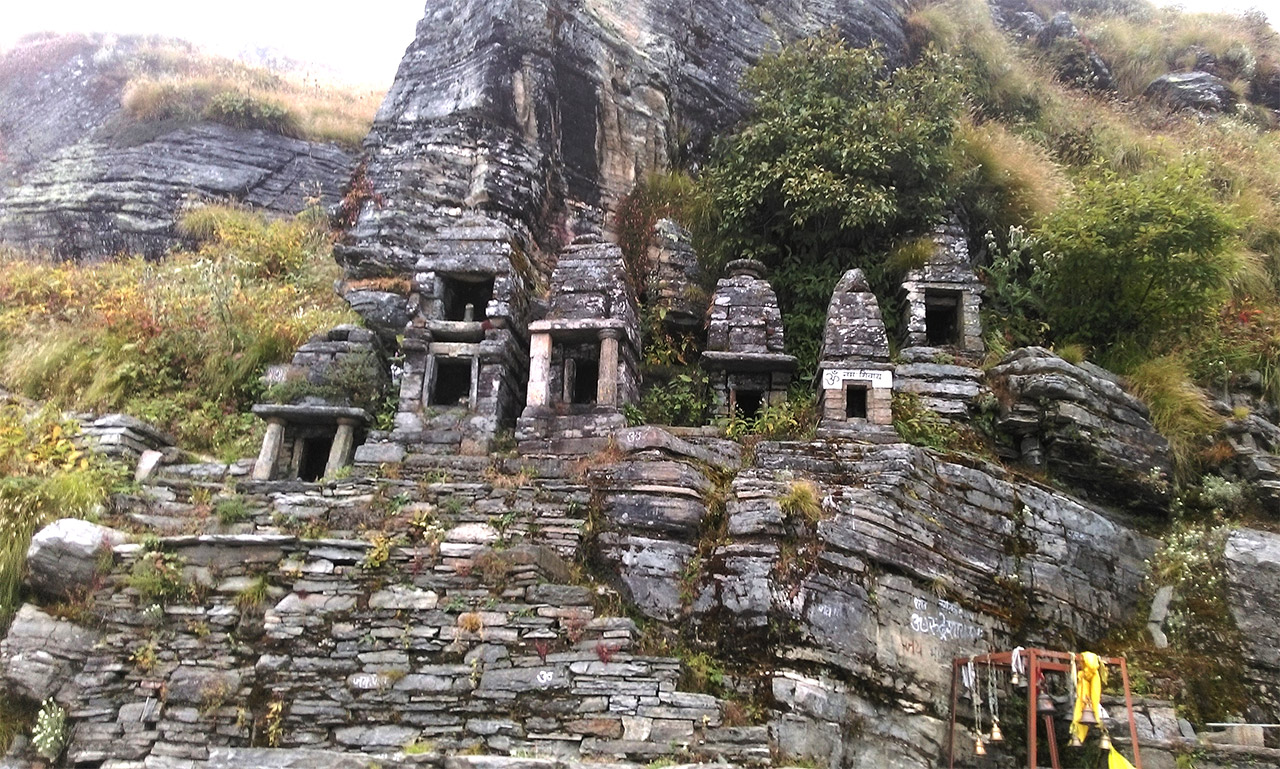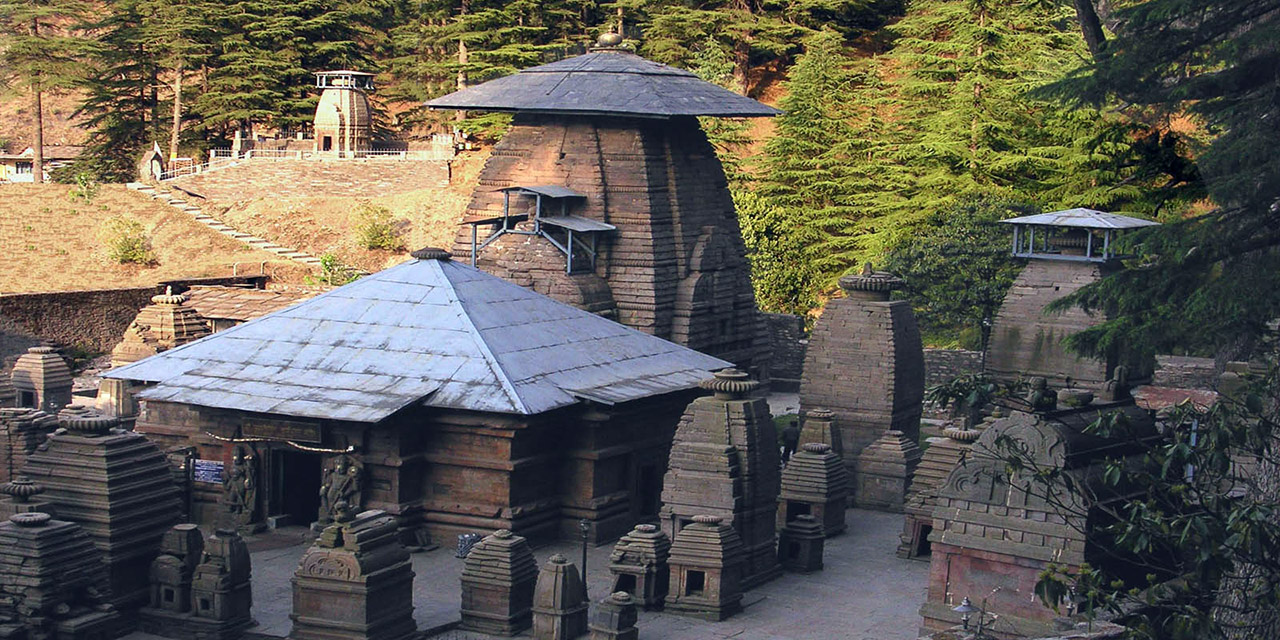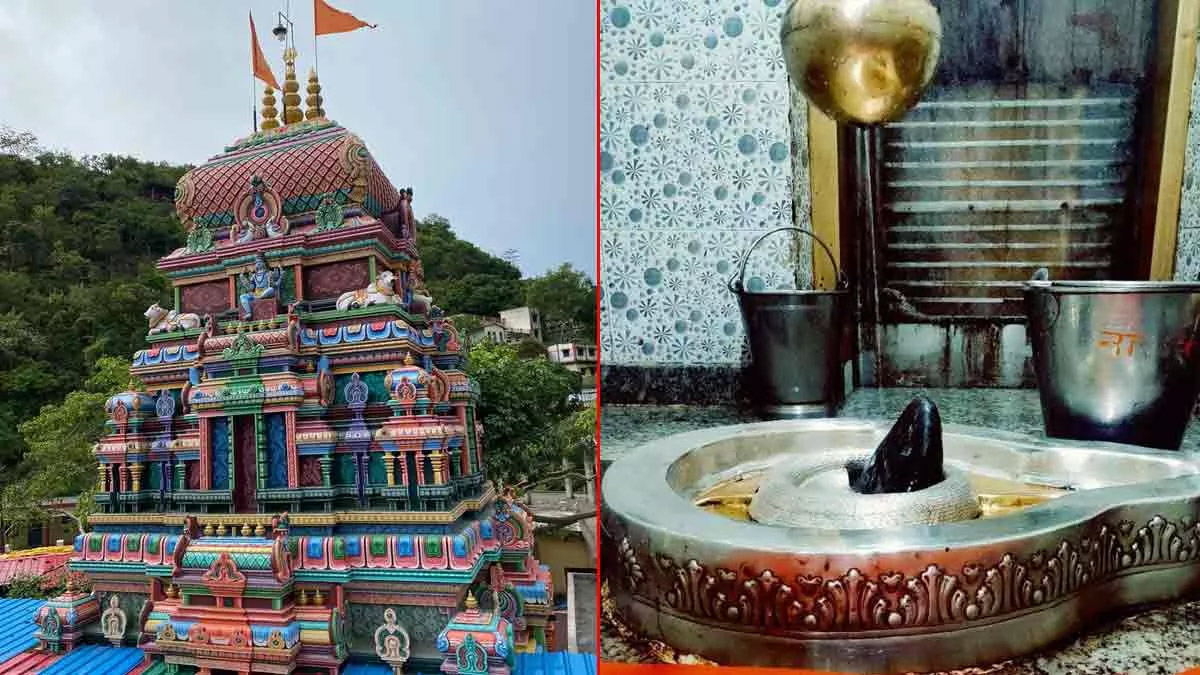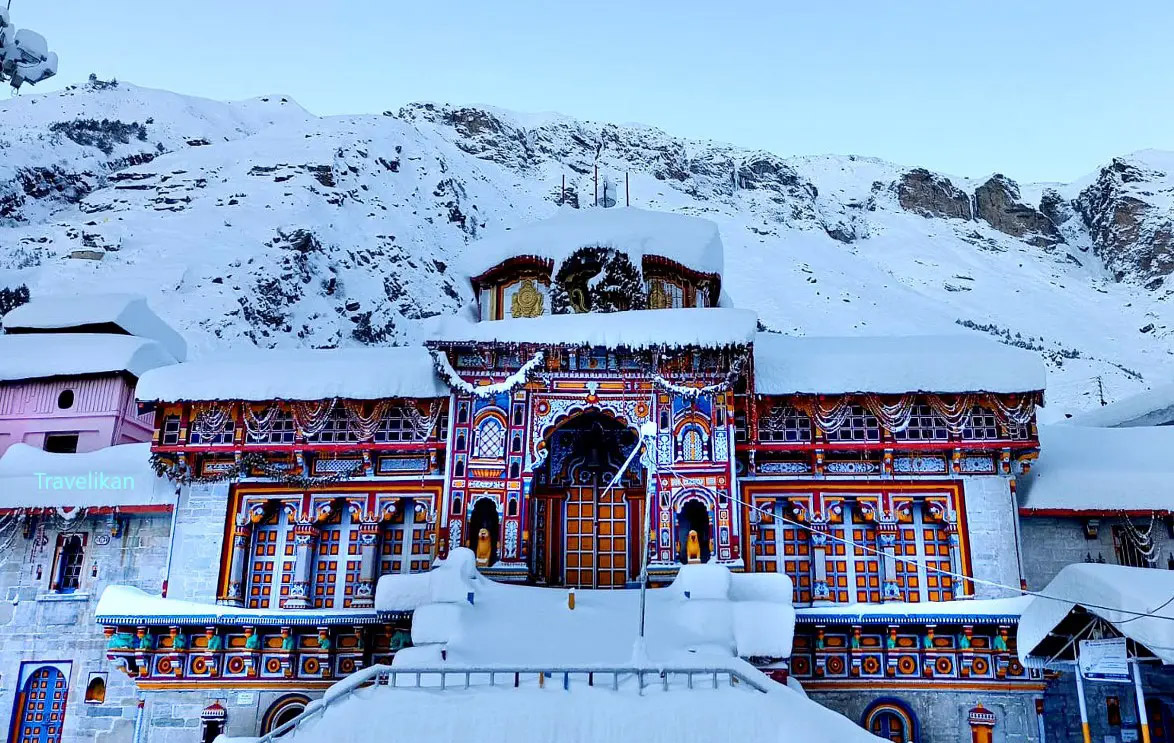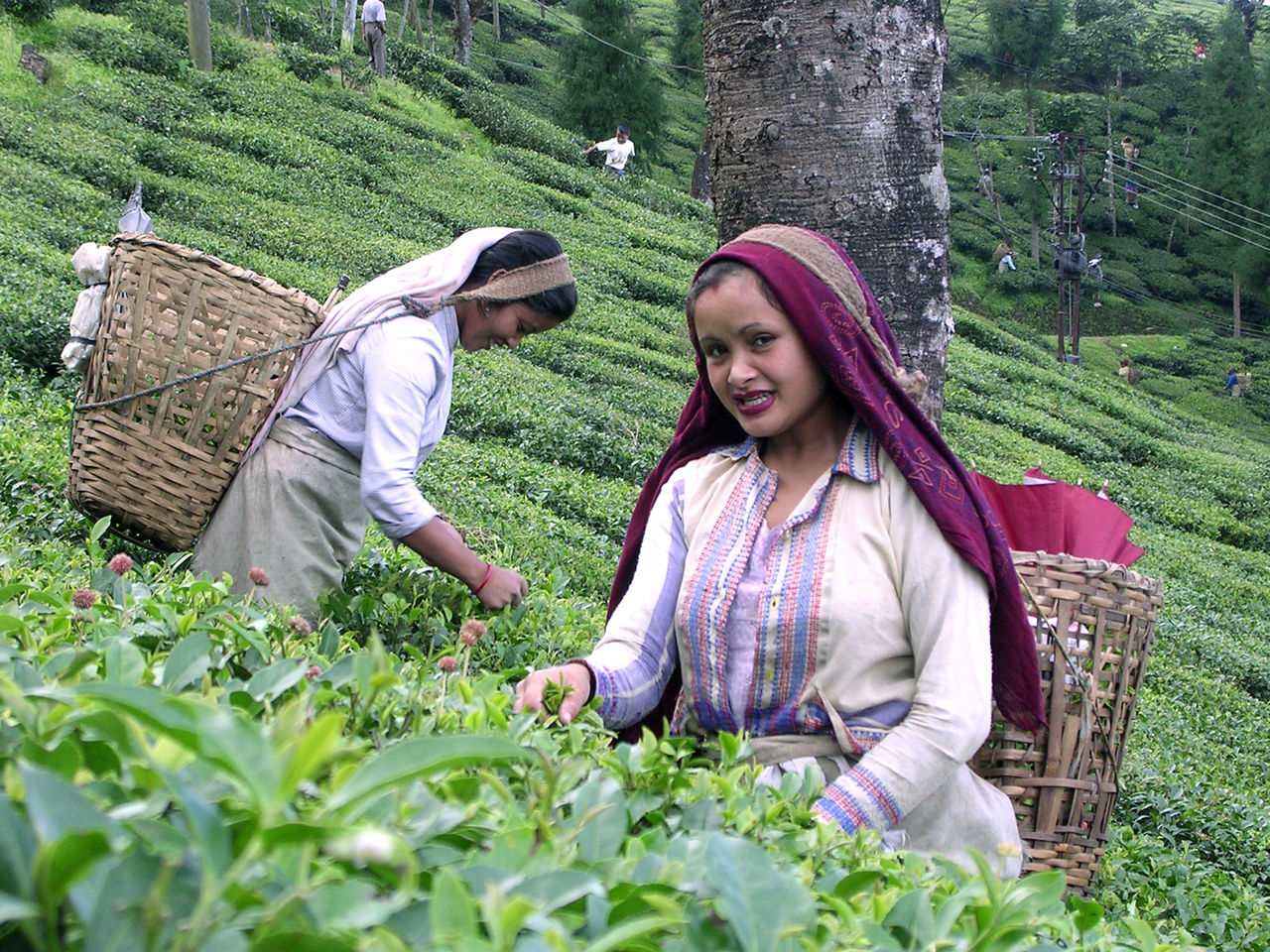
Nestled in the breathtaking foothills of the Eastern Himalayas, Darjeeling is renowned for producing one of the world’s most captivating beverages: Darjeeling tea, often referred as the “Champagne of teas,” is a treasured gem of the Indian subcontinent. Revered for its delicate flavour, exquisite aroma, and rich history, this unique brew has captivated tea connoisseurs around the globe. In this article, we delve into the fascinating world of Darjeeling tea, exploring its rich history, cultivation techniques, and the factors that contribute to its unparalleled quality and widespread recognition. With its GI tag, Darjeeling Tea stands as a symbol of India’s commitment to preserving and celebrating its finest agricultural treasures. Join us on a journey to uncover the story behind the GI tag recognition of this enchanting beverage that continues to charm tea enthusiasts worldwide.
What is the GI tag?

The GI tag is a certification for a product with a unique geographical origin or unique characteristics owing to the specific geographical location. It is given under the Geographical Indications of Goods (Registration and Protection) Act, 1999 by the Geographical Indication registry in Chennai. It protects traditional artisans and farmers from imitation of their art and products.
History of Tea
Tea had been discovered first in China nearly five thousand years ago, and since then, became wildly popular throughout the region, for its ‘bitter, but stimulating’ properties. As time progressed, variants of tea and tea production emerged in and around the country. Gradually, as trade and connectivity grew, the tea fever spread to Europe. However, China’s interiors, where the plantations and production chains were located, were restricted regions, where no foreigner was allowed. Foreigners had no access to the plant or the knowledge of the processes to manufacture tea. Tea remained expensive and inaccessible outside China, but the British were determined to consume more and more of it- so much so that there was even a time when tea was smuggled into England! Soon, however, having grown addicted to the calming beverage, the British undertook a risky mission indeed – smuggling a tea plant out of China to make their own tea estates and to break the Chinese monopoly over it, once and for all.
Journey of Darjeeling Tea

Thus began The Great British Tea Heist, or to put it in simpler terms- the journey of the humble tea branch out of China. On an expedition sponsored by the Royal Horticultural society, an obscure Scottish botanist named Robert Fortune, began his mission from Hong Kong in 1843. He would later publish a book called ‘Three years wandering in the Northern provinces of China’, which was an account of his travels in China. This book attracted the attention of Dr John Forbes Royle, a respected botanist who was asked to recruit someone for an enterprise of the East India company. Royale recruited Fortune, who set off on a fairly straightforward mission- smuggling tea plants and the knowledge of tea making out of China.
Thereafter in 1848, Fortune embarked on this expedition aimed at corporate espionage with a loyal Chinese servant called Wang. Disguised as a Chinese man, he would thereafter delve deep into the heart of the Chinese tea industry in a journey of three months. He would return with about 13,000 tea samples and 10,000 tea seeds.
Using these samples, the first tea plantation was set up first in Darjeeling in 1856, owing to its climatic conditions, well-suited to tea cultivation. Within ten years, there were thirty nine tea gardens in the hill station and hundred in 1885.
Uniqueness of Darjeeling Tea

Darjeeling tea is unique for a lot of reasons. From its fascinating backstory to its unique flavour and aroma, Darjeeling tea is second to none in the world. The high altitude coupled with the geography and climatic conditions makes the best tea in the world. Sanjay Das, the manager of the Makaibari tea estate, the oldest tea production and processing estate in India, says “Darjeeling constitutes only 0.1% of the world’s tea production. Darjeeling tea is known for its distinctive flavour and aroma, which is unique only to the region. This flavour and aroma are attributed to the Chinary variety of planting material and terroir. The 87 tea estates in the Darjeeling hills are unique by themselves. Because of their uniqueness, these plantations get production under the Geographical Indication (GI) trademark”
The Need for Protection
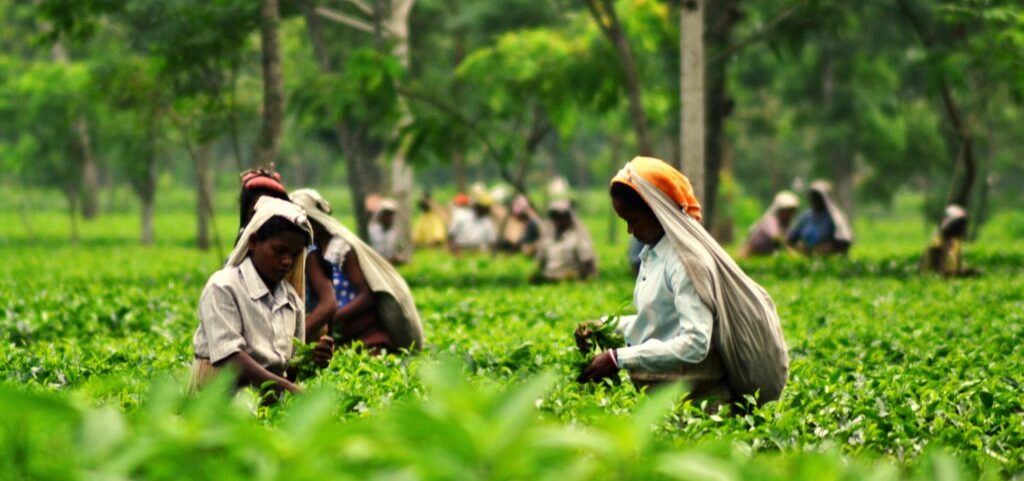
After independence, the tea industry was no longer under the government. It was opened up to private industry owners who began marketing tea from all over India as Darjeeling tea. To prevent this misappropriation, the government of India, under the tea act of 1953, made it compulsory for all producers of Darjeeling tea to enter a license agreement with the Tea Board of India, a body constituted to supervise an increase in the quality, quantity and the consumership of Indian tea.
However, this was not adequate. Tea producers abroad too, claimed their teas to be Darjeeling tea, over which there could be no legislation. Hence, the need for a geographical indication, both on the global scale and on a national scale, was felt. The TRIPS(Trade Related Aspects of Intellectual Property Rights) agreement signed in 1994 also identified the need for Darjeeling tea to be a geographical Indcation on the global level.
In 1986, a logo for Darjeeling tea was introduced. This logo, of a tea estate worker holding a tea leaf, was to be used on products constituting 100 percent darjeeling tea. However, this was not enough.
With the introduction of the The Geographical Indications of Goods (Registration and Protection) Act, 1999 (GI Act), the Tea Board of India applied for a Geographical Indication status grant in 2002. The Geographical Indication status was given to Darjeeling tea in October 2004 by the Geographical Indications Registry in Chennai. It was the first product in India to have been conferred this status.
An application for Darjeeling tea to be considered a GI on the Global level was submitted in 2007 in Brussels. After due consideration, it was granted the GI tag in 2010.
Conclusion
Darjeeling tea is one of the most iconic products of India. Its history, combined with its exceptional quality make it a truly remarkable beverage, recognised all over the world. However, Darjeeling tea today is facing severe existential threats, including inability to keep up with the demand owing to politics spilling over, poor conditions of workers and climate change. The industry today must adapt to the modern world instead of staying in the colonial era if it is to prosper. Indian buyers must also encourage the industry and ensure this iconic beverage stands the test of time.


